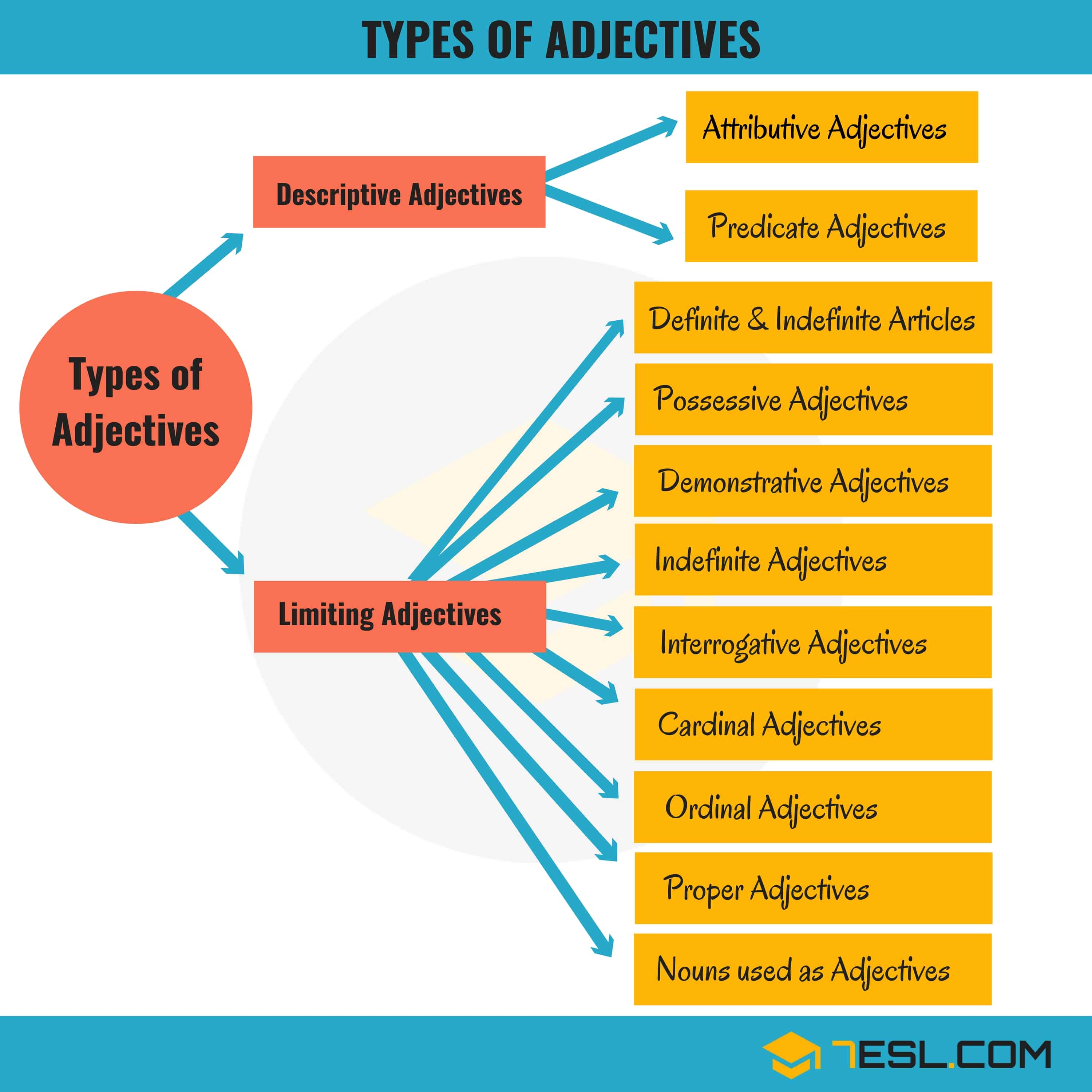Adjective Te Form
Adjective Te Form - After you have a grasp of the rules, you can begin to practice its many uses. The lexical category of adjectives is proposed to be universal, but its realization varies across languages. This form has four important roles in the japanese language. 1.this refers to the sequence of events that occurred before. The てform of an いadjective is formed by substituting くて for the final い. B: 昼ご飯 を 食べている 。 b: て form and subjects in linked clauses. The tense of the final verb determines the tense of the sentence. Web the te form of a japanese verb is the form which ends in te or de. Each ichidan verb always ends in る in its basic form.
This distinction of positive and negative is better understood through an example. With the grammar we have learnt thus far we can say: For the every inflection/tense, you replace the い with くて. Web the te form of a japanese verb is the form which ends in te or de. 読む → 読んで → 読んでいる. The tense of the final verb determines the tense of the sentence. The てform of an いadjective is formed by substituting くて for the final い.
Let's see some examples of how to conjugate the te form for ichidan verbs: て form and subjects in linked clauses. The lexical category of adjectives is proposed to be universal, but its realization varies across languages. The てform of an いadjective is formed by substituting くて for the final い. The te form is used in forms like te iru ( 〜ている ), be doing and te shimau ( 〜てしまう) finished doing.
What is the japanese te form? An auxiliary て (or te form) is used to describe the relationship between two phrases before and after *. The lexical category of adjectives is proposed to be universal, but its realization varies across languages. For example, the te form of miru ( 見る ), see, is mite ( 見て ), and the te form of yomu ( 読む ), read, is yonde ( 読んで ). て form and subjects in linked clauses. Web te forms of adjectives japanese.
What is the japanese te form? 食べる → 食べて → 食べている. About press copyright contact us creators advertise developers terms privacy policy & safety how youtube. 2 overview of adjectives in lubukusu. The tense of the final verb determines the tense of the sentence.
The lexical category of adjectives is proposed to be universal, but its realization varies across languages. Web you might also see the form amid a conjugated verb, because the te form is used to communicate the idea of a continuous action. Web てforms for joining sentences. 読む → 読んで → 読んでいる.
読む → 読んで → 読んでいる.
With the grammar we have learnt thus far we can say: Te form for godan verbs. After you have a grasp of the rules, you can begin to practice its many uses. For the every inflection/tense, you replace the い with くて.
Web Because The Te Form Is Essentially A Conjunctive Form Of The Verb Or Adjective We Only Have Two Tenses—Affirmative And Negative.
The meanings of the word are: There are no te forms for past and past negative, おいしかった or おいしくなかった. The lexical category of adjectives is proposed to be universal, but its realization varies across languages. Just like using the てform to join to verbs, it can also be used to combine adjectives and nouns.
食べる → 食べて ( Taberu → Tabete ) “I Eat” / “I Will Eat” → “I’m Eating” Japanese Has The Same Verb Form For The Future Tense And The Present Tense, As Well As General Statements.
Web the te form of a japanese verb is the form which ends in te or de. What is the japanese te form? The te form is used in forms like te iru ( 〜ている ), be doing and te shimau ( 〜てしまう) finished doing. Let's see some examples of how to conjugate the te form for ichidan verbs:
Web Te Forms Of Adjectives Japanese.
美味しい (oishii) = 美味し (oishi) = 美味しくて (oishikute) nouns & な adjectives. 食べる → 食べて → 食べている. Web january 24, 2021 by masaki mori. て form for “and” て form for so beyond the basics.



![Japanese [73] [GENKI L7] Adjective /Noun TE form (くて/で) How to](https://i2.wp.com/i.ytimg.com/vi/SKaZSSzGmXc/maxresdefault.jpg)



